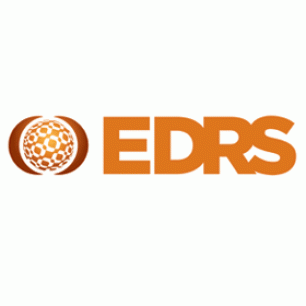The Ecstasy and Related Drugs Reporting System (EDRS, formerly the Party Drugs Initiative or PDI) is a companion project to the Illicit Drug Reporting System (IDRS). The IDRS focuses on drugs such as methamphetamine, opioids, cannabis, and cocaine, and issues that pertain particularly to the intravenous use of drugs in Australia. In contrast, the EDRS aims to examine emerging trends in the use, price, purity and availability of ecstasy and related drugs (ERD) in Australia. ERD are defined as drugs commonly used recreationally in the context of venues such as nightclubs and dance- or music-related events. These drugs primarily include ecstasy, methamphetamine, cocaine, d-lysergic acid (LSD), ketamine and gamma-hydroxy-butyrate (GHB).
The feasibility of the EDRS was assessed with a two-state trial funded by the National Drug Law Enforcement Research Fund (NDLERF) in 2000 (Breen, Topp, & Longo, 2002) and NDLERF provided additional funding for a two-year project in every Australian state and territory beginning in 2003. The EDRS was funded by the Australian Government Department of Health (AGDH) and the Ministerial Council on Drug Strategy as a project under the cost-shared funding arrangement in 2005 and by the AGDH since 2006.
The current report contains new data collected in Tasmania in 2014. Tasmanian trends between 2003 and 2013 can be found in previous Tasmanian EDRS reports (Bruno & McLean, 2004b; Matthews & Bruno, 2005, 2006, 2007, 2008, 2009, 2010, 2011, 2013; Matthews, Bruno, & Nicholls, 2014; Matthews, Bruno & Peacock, 2012). National reports including jurisdictional comparisons are available online from the National Drug and Alcohol Research Centre (NDARC), University of New South Wales (Black et al., 2008; Breen et al., 2004; Dunn et al., 2007; Sindicich et al., 2009, 2010, 2011, 2012, 2013, 2014, 2015; Stafford et al., 2005, 2006).


